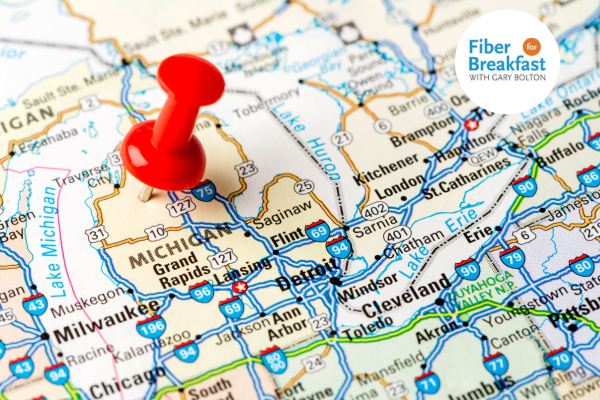Starlink Satellite Service Showing its Age (Already)
The June 2022 Ookla data tries to spin a rosy picture of SpaceX’s Starlink satellite internet performance since its November 2020 public beta launch, but the third paragraph down provides the ground-truth realities. Early Starlink users on Reddit who once swooned over the service because they had the only dish in town – literally – now find their once-speedy connections slowly sliding back to DSL/basic cable-esque performance with more people on the system. The performance slide comes at a time when SpaceX is trying to get its next-generation Starship off the ground, the only rocket capable of carrying its satellites in sufficient quantities.
Starlink upload speeds have taken a dramatic hit, per the Ookla report. “Speedtest Intelligence … showed that upload speeds for Starlink decreased at least 33% in the U.S. (16.29 Mbps in Q1 2021 to 9.33 Mbps in Q1 2022) and at least 36% in Canada (16.69 Mbps to 10.70 Mbps) during the same time period,” it reads.
Downlink speeds have also moved backward from initial promises and representations. SpaceX founder Elon Musk at one point stated Starlink download speeds would be up to 300 Mbps, but Ookla first quarter 2022 Speedtest Intelligence data puts the U.S. average download speed at 90.55 Mbps while users in Mexico gets around 105.91 Mbps and Canadian users are getting 97.40 Mbps.
Why are Mexico users getting better Starlink performance than U.S. and Canada? The simple answer is that Mexico has less subscribers per Starlink service area “cell” than the other two nations. The first launch of Starlink service was in the United States, followed by Canada, so there are more users and more dishes kicking around in the good old US of A than anywhere else. Mexico didn’t authorize Starlink service in its country until November 2021. As more Mexico users come online, its average downlink speed will continue to fall.
SpaceX’s solution for increasing Starlink speeds is simple: Launch bigger and more satellites. The current Starlink constellation is around 2400 satellites as of early July, with each current generation satellite weighing in at around 295 kilograms. SpaceX wants to put a total of 4400 satellites up to complete its initial constellation.
According to Musk, the much larger next-generation Starlink satellites weigh in at around 1250 kilograms, which are four times heavier than what’s currently in orbit. SpaceX has requested a license to put up to 42,000 satellites into orbit in its final design, an amount which will clutter the sky.
The new Starlink satellites can’t physically fit into the SpaceX Falcon 9 rocket faring and must fly onboard the yet-to-be-tested SpaceX Starship rocket. SpaceX has authorization for a limited number of Starship test flights out of its facilities in Brownsville, Texas, but the only thing soaring upward in the area are housing prices.
SpaceX may attempt its first orbital test flight of the massive Starship this fall, but it has plenty of work before the new system is operational and ready to deploy any number of the 42,000 satellites it ultimately wants to deploy. The system is at least a year or more away from operational and regular flights, with facilities under construction at NASA Kennedy Space Center. It could be several years down the road before there are a sufficient number of second-generation satellites in orbit to deliver faster service to more users per geographic service area.
A lot of fiber can (and will) be deployed in the years it takes the SpaceX Starlink system to even get close to its promises. Individuals, communities, and states need to avoid the mistakes of the past where they are locked into wireless technologies that will be playing catchup to available future-proof fiber solutions and require multiple equipment upgrades.




